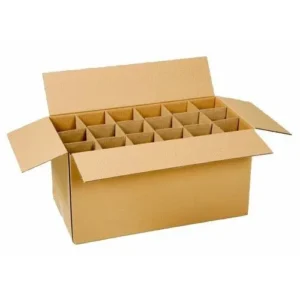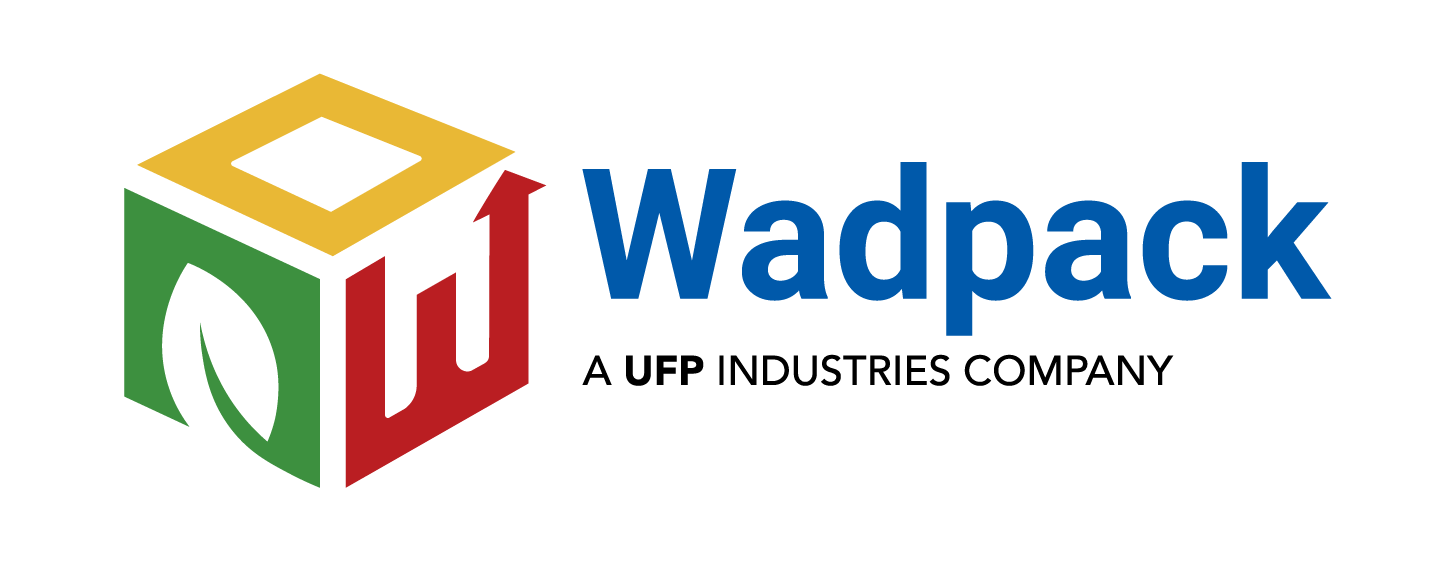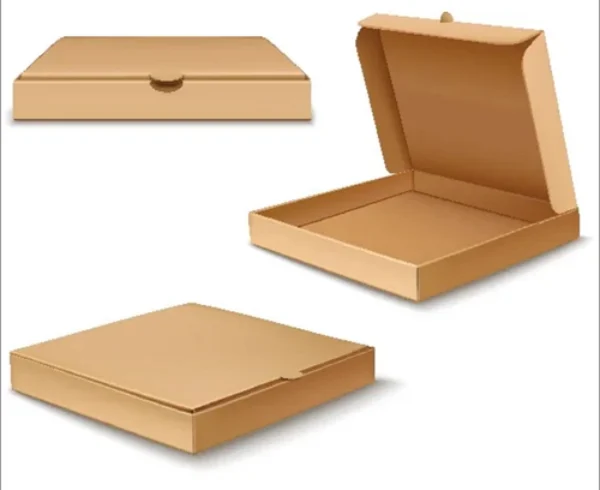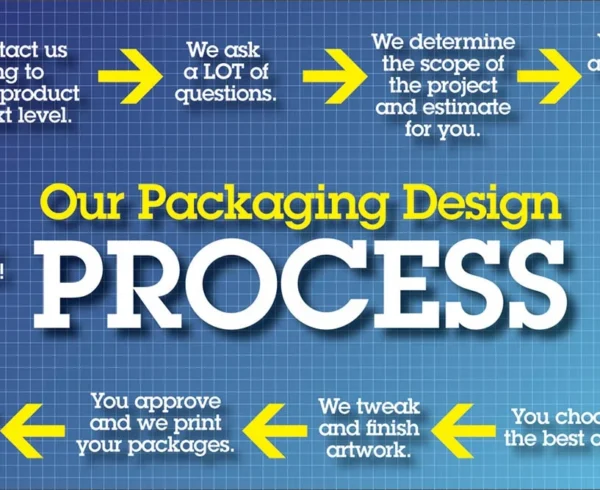What Is Ply Value In Corrugated Boxes And Why It Is Essential?
The ply value in corrugated boxes refers to the number of layers of corrugated material used to make the box. Corrugated boxes are made up of three layers – an inner liner, an outer liner, and a corrugated medium between the two liners. The corrugated medium is what gives the box its strength and stability.
The ply value is important because it determines the strength and durability of the box. A box with a higher ply value will be stronger and able to withstand more weight and pressure than a box with a lower ply value. For example, a single-wall corrugated box (with a ply value of 1) is less durable than a double-wall corrugated box (with a ply value of 2) or a triple-wall corrugated box (with a ply value of 3).
Choosing the right ply value for a corrugated box is essential to ensure that the box can protect its contents during shipping and handling. A box that is too weak may collapse or be damaged during transit, leading to product loss and customer dissatisfaction.
Types of Corrugated Boxes and Their Usage
Corrugated boxes come in different types and sizes, each with specific features and benefits. Here are some of the most common types of corrugated boxes and their usage:
- Regular Slotted Container (RSC) – This is the most common type of corrugated box, with flaps that fold and meet at the center. It is ideal for packaging and shipping a wide range of products, including books, toys, and electronics.

- Full Overlap Container (FOL) – The FOL box has flaps that completely overlap each other, making it a more durable option for heavier products like appliances, automotive parts, and furniture.

- Half-Slotted Container (HSC) – The HSC box has one set of flaps and is open on the other end, making it ideal for easy loading and unloading of products. It is commonly used for items like machinery parts, tools, and bulk products.

- Telescopic Boxes – Telescopic boxes are composed of two separate pieces – a base and a lid – that fit together to form a complete box. They are commonly used for delicate or fragile products like glassware, ceramics, and artwork.

- Five-Panel Folder (FPF) – This box has a single piece of corrugated material that is folded into five panels, with overlapping flaps that close on top. It is a good option for long or narrow products like pipes, rods, and banners.
- Multi-Depth Boxes – Multi-depth boxes have pre-scored creases that allow the height of the box to be adjusted to different levels. They are a versatile option for packing products of varying sizes.
- Gaylord Boxes – Gaylord boxes are large, bulk containers used for shipping and storing bulk items like produce, grains, and chemicals. They are made from heavy-duty corrugated material and are designed to be stackable and easy to transport.
Some Ways to Recycle Corrugated Boxes
Here are some ways to recycle corrugated boxes:
- Curbside Recycling – Many municipalities offer curbside recycling programs for corrugated boxes. Check with your local waste management authority for guidelines on how to prepare and recycle corrugated boxes in your area.
- Recycling Centers – If curbside recycling is not available in your area, you can take corrugated boxes to a recycling center or drop-off location. Some recycling centers may pay for corrugated boxes, especially if they are in good condition and can be reused.
- Repurposing – Corrugated boxes can be repurposed for a variety of uses, such as storage containers, planters, and shipping boxes. They can also be used for art projects, crafts, and other creative endeavors.
- Composting – If corrugated boxes are soiled or cannot be recycled, they can be composted along with other organic materials. Be sure to remove any tape or labels before composting.
- Donating – If you have corrugated boxes in good condition, consider donating them to a local charity or nonprofit organization. Many organizations can use boxes for storage or shipping purposes.
Cost of Corrugated Box in India and in Abroad
| Size (in inches) | India (INR) | USA (USD) | UK (USD) |
| 6 x 4 x 4 | 6-8 | 0.20-0.30 | 0.15-0.25 |
| 8 x 6 x 4 | 8-10 | 0.25-0.35 | 0.20-0.30 |
| 10 x 8 x 6 | 12-15 | 0.35-0.50 | 0.30-0.40 |
| 12 x 10 x 8 | 18-20 | 0.50-0.75 | 0.40-0.50 |
| 14 x 12 x 10 | 24-30 | 0.75-1.00 | 0.60-0.75 |
| 16 x 14 x 12 | 30-35 | 1.00-1.50 | 0.80-1.00 |
| 18 x 16 x 14 | 40-45 | 1.50-2.00 | 1.20-1.50 |
Corrugated Box: FAQs
What are corrugated boxes made of?
Corrugated boxes are typically made of three layers of paper: an inside liner, an outside liner, and fluting, which is the wavy, corrugated layer in between the liners.
How are corrugated boxes made?
Corrugated boxes are made by first feeding a roll of paper through a corrugator machine, which adds the fluting. The paper is then cut into sheets, which are printed and cut into box shapes. The boxes are then folded, glued, and shipped to customers.
What are the advantages of using corrugated boxes?
Corrugated boxes are lightweight, yet strong and durable. They are also cost-effective, eco-friendly, and recyclable.
What are the different types of corrugated boxes?
There are several types of corrugated boxes, including single-wall, double-wall, and triple-wall boxes. Boxes can also be customized with various coatings, liners, and printing options.
How do I determine the right size of corrugated box for my product?
To determine the right size of corrugated box for your product, measure the length, width, and height of your product and choose a box that is slightly larger in each dimension. You may also want to consider the weight of your product and choose a box with the appropriate strength.





Leave a Comment